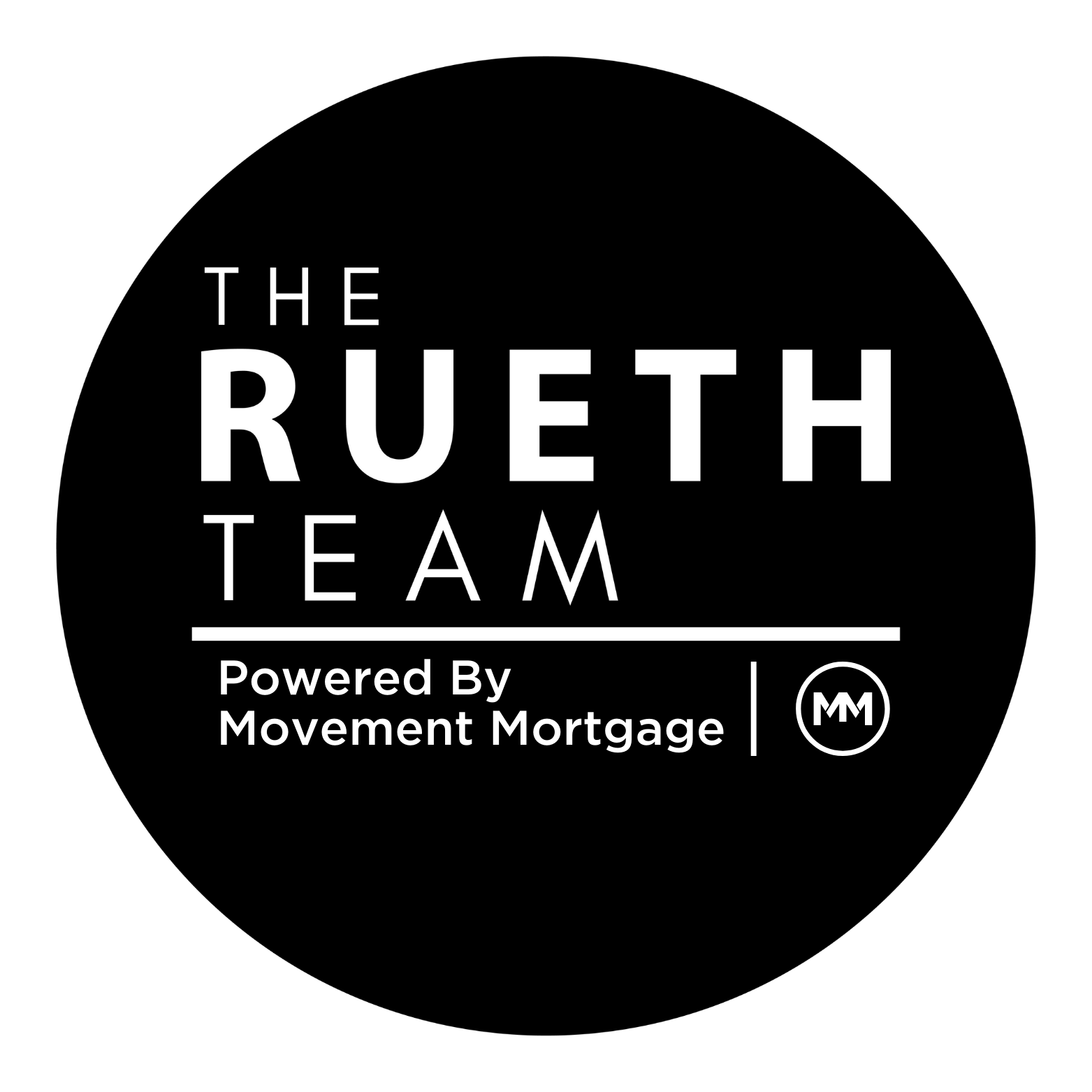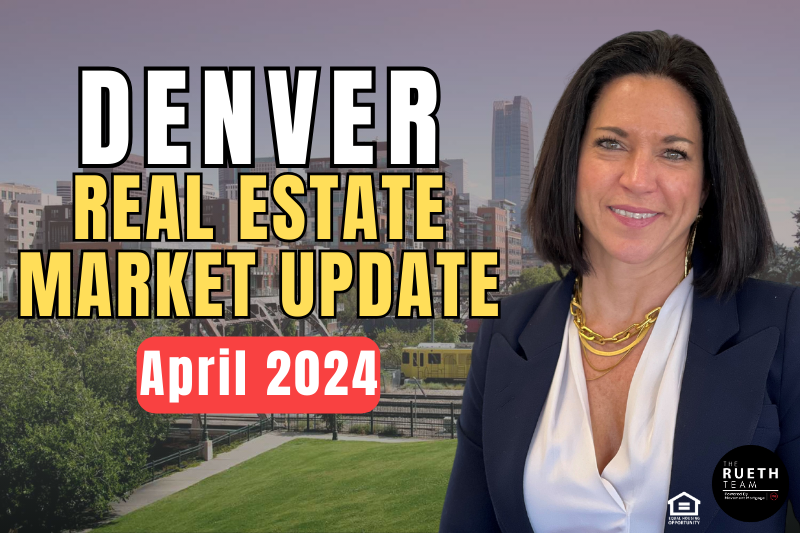Denver Market Trends | August 2022
Rates Improved as Recession Red Flags Have Been Drawn
A recession is always coming, it’s just a matter of time. It’s purely the nature of a cyclical economy. “Are we in a recession?” searches continue to hit record levels on Google and talk of a housing recession has some counting on the bubble to burst. I wanted to start here as DMAR’s Market Trends Report for July data was just released. With more inventory and all other numbers lower across the board, it’s starting to look like a recession, or maybe it’s just the slowdown we’ve all been hoping for.
Active listings have increased by 21.5% from June and 81% from a year ago; not only coming in above 2021, but also above 2020 actives for the first time this year. I believe this is one of the more significant data points of this report. It highlights moving towards stabilization of inventory needed in the Denver Market. Active listings are still 21% lower than 2019 and 4% lower than 2018. Not only is perspective required when considering these numbers but a gratefulness, as well. The incredibly low inventory numbers seen in 2020 and 2021 created an unhealthy housing frenzy which can only be calmed by more inventory giving way to a more equal buyer position. If you remember 2018 and 2019, despite rates spiking and an impending recession watch, the housing market felt “normal.” We had 1.6 months of inventory in July 2019 and 1.4 months in July 2018. With 7,361 active units, July 2022 finished with 1.72 months of inventory.
More new listings is not the story this month. In fact, sellers barely showed up for the party. New listings slowed down by 18% from last month and 11.5% from last year. Year-to-date new listings are also lower than any year between 2018 and 2021. This should not surprise anyone, with fear of layoffs, an impending recession, and current homeowners locked into incredibly low interest rates. Based on rate increase alone, if today’s median homeowner traded into a new home with a similar size mortgage, the monthly payment on average would go up $550 a month. That takes all the “I just want a new home because I’m tired of this one” buyers out of the market and adds a bit more discernment to those who are putting in offers.
We saw this as pending offers were down 4.5% from last month and 23% from last year. Mortgage purchase applications, a leading indicator to pending offers, were also down 18% from a year earlier, during the week ending July 22. Note that up until July 22, national average mortgage rates had been moving sideways all month hovering around 5.5%, this is down from their mid-June high of 6.25%.
Less buyer demand gave way to a softening of close-to-list price down from 103% last month to 100.81% this month, as well as an increase of days in the MLS to 6 median and 13 average days. Lower close-to-list and longer days in the MLS should and did result in a softening of prices. This is evidenced by Denver Metro’s median closed price dropping 2.5% and the average dropping by 3.3% from last month. Year-over-year, we are still in the double digits, coming in at 11% increases for both average and median. Year-to-date median home prices are up 15.4%.
Think about this. Prior to 2020, DMAR’s 11 counties increased an annual average of 6%. July 2021 was way too hot at 17.5% YTD price increases, pushing out first-time homebuyers and costing buyers more with multiple bids and a 104% close-to-list.
More inventory, less buyer demand, and slowing home prices is a good thing. Seriously, it’s a good thing. Yet, we want to sensationalize it with news of a bubble coming. Housing is slowing and I love it. I love that 16% of my buyers are using an FHA or VA loan to buy their home. I love that half of those are using down payment assistance. We have not been able to have these numbers for two years.
Recently buyers also received another gift. The 10-year Treasury had unsuccessfully attempted to break below 2.7% several times in the past 4 months. July ended with the 10-year yield finally making it into the 2.6s. The last time we saw this was in April when mortgage rates were on their way up. This time, we saw it on their way down due to strong signs of the economy slowing. The national average 30-year fixed rate ended July at 5%, with some lenders, including The Rueth Team, quoting mid to high 4s. This is powerful as first-time homebuyers were straddled with both high prices and higher rates. They now have the chance at getting a home at or below list for an improved mortgage rate.
Speaking of lowering rates, let’s get back to the recession talk. Are we there yet? July ended with a big splash as the Fed took a strong stand against inflation, increasing the Fed Rate by 0.75% and slowing both demand for durable goods and business reinvestments. There were also lower corporate earnings, slower factory production and a softening in consumer confidence. All tell-tales of a recession.
The first look at the second quarter 2022 GDP was released at a negative 0.9%. This after a negative 1.6% in the first quarter 2022. There it is. Two consecutive quarters of negative GDP decline, the technical definition of a recession. But wait, the National Bureau of Economic Research redefined a recession as “a significant decline in economic activity that is spread across the economy and that lasts more than a few months.” It looks at indicators like changes in nonfarm payroll employment, personal spending, and industrial production. Then, it uses three key criteria—depth, diffusion, and duration—to determine if these indicators are illustrative of a true recession. If these aren’t met, and even if GDP is contracting, it does not consider the U.S. to be in a recession.
Note, we have never had two consecutive quarters of GDP decline and not had a recession. We have also never had a recession while having continued consumer spending and job creation, which happened in both quarters, one and two.
A recession does not equal a housing bubble. While there will be layoffs, slowed production, and a softening in consumer spending, Americans are coming into this recession with $2 trillion in savings and twice the home equity there was in 2006. Colorado is also protected by having 38% of homes owned free and clear, with only 1.7% of mortgaged homes delinquent, and a current foreclosure rate of 0.1%. If home prices continue to slow, as I expect they could during the second half of 2022, recent buyers might lose a little value, and some homeowners might even need to sell quickly, but most will simply not sell. Knowing that as rates drop, as they consistently do during recessions, pent up demand will reengage with our limited supply, forcing multiple bids and yet again higher prices.
Institutions, first-time homebuyers, and those who have been waiting will all be ready to buy on these dips. Since we have not yet achieved an inventory level which could comfortably sustain a surge in demand, the thought of a housing bubble eludes me.
Until next time, that’s a wrap for this month’s Market Trends update. It’s my pleasure to keep you updated,
It’s my pleasure to keep you updated.
Nicole Rueth
Producing Branch Manager with The Rueth Team of OneTrust Home Loans




